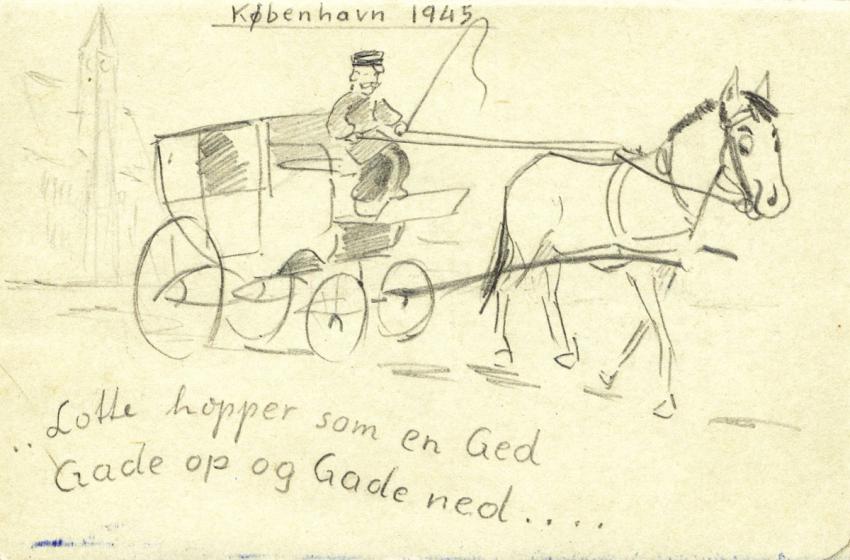
Pencil on paper
Collection of the Yad Vashem Art Museum, Jerusalem

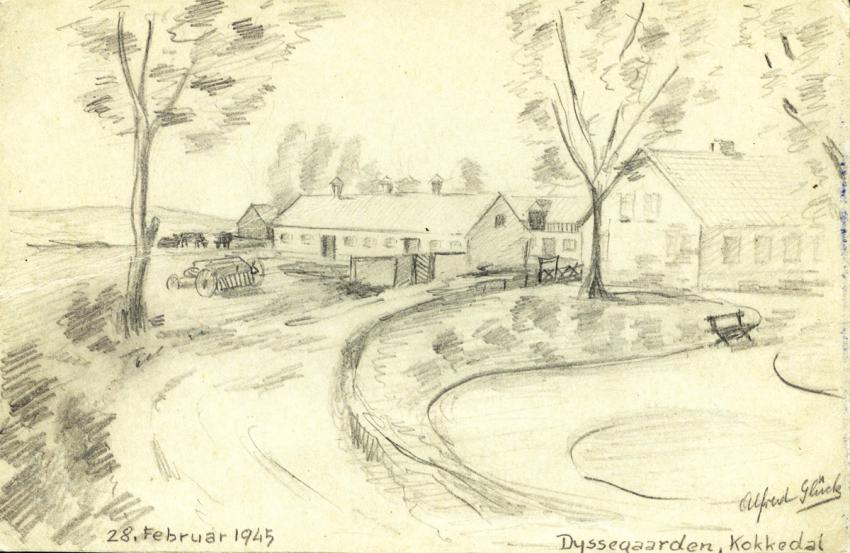
Pencil on paper
Collection of the Yad Vashem Art Museum, Jerusalem

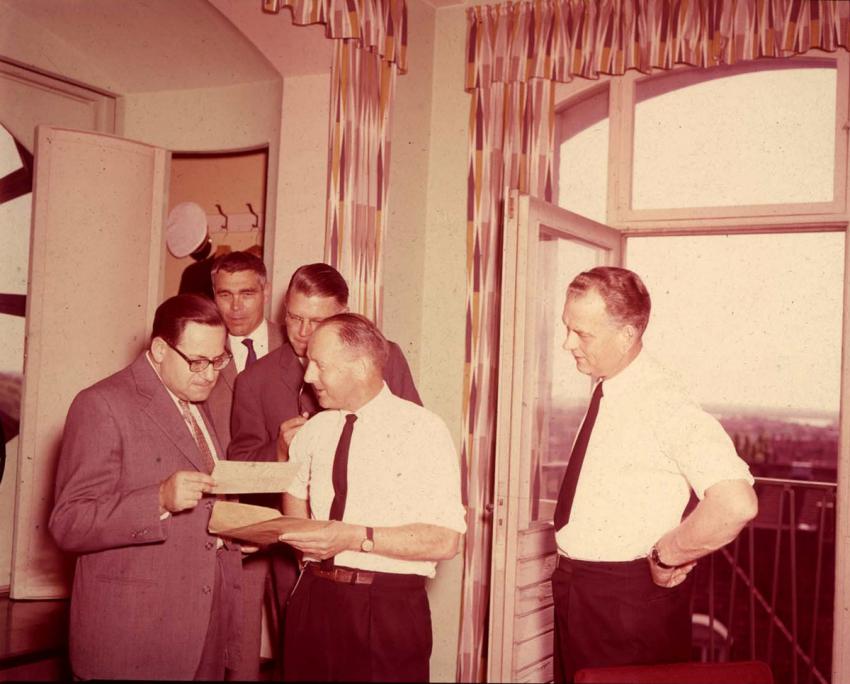

Sunday to Thursday: 09:00-17:00
Fridays and Holiday eves: 09:00-14:00
Yad Vashem is closed on Saturdays and all Jewish Holidays.
Entrance to the Holocaust History Museum is not permitted for children under the age of 10. Babies in strollers or carriers will not be permitted to enter.

Pencil on paper
Collection of the Yad Vashem Art Museum, Jerusalem


Pencil on paper
Collection of the Yad Vashem Art Museum, Jerusalem



Israel Alfred Gluck arrived at the Buchenwald concentration camp towards the end of January 1945—one of 600 of almost near 4,000 evacuees to survive a two-week,
400-km journey from Jaworzno, the sub-camp of Auschwitz. The evacuees (the majority of whom were Jews) were taken by foot or open cattle-cars, during an especially cold and snowy winter, in one of the infamous Nazi “death marches.” These endless marches, endured by tens of thousands of prisoners, were carried out by the Germans under torturous and tightly controlled circumstances, following the liquidation of the concentration camps towards the end of WWII.
Those who had not died on the way to Buchenwald were met by members of a disinfecting unit, who immersed the new arrivals in disinfection liquids, and then sent them to the barracks. Between their daily miseries and meals of watery soup, the prisoners filled their time with conversations and chronicles of their life stories.
Gluck recollected in colorful detail his life following the Nazi annexation of Austria—commencing with his days on a farm as a pioneer in the Mizrachi Youth Movement in Denmark (between 1939-1943), and his failed attempt to be smuggled to Eretz Israel via a train transporting machine-parts to Turkey, to his capture on the Swiss-German border and imprisonment in the Auschwitz death camp. On hearing of his adventures, one of the co-prisoners of his barrack informed him that there was a group of Danes incarcerated in one of the Buchenwald camp complexes. Gluck later learned that they were part of a group of 2,000 non-Jewish Danish policemen who, according to the Germans, had failed to break up anti-Nazi demonstrations in Copenhagen on 19 September 1944. As punishment for their non-compliance, all the Copenhagen policemen on that shift were sent to German concentration camps for “re-education”; approximately 100 of them ended up at Buchenwald.
Soon after receiving this new information, Gluck decided to attempt contact with the Danish policemen—a near-impossible undertaking for a Jewish prisoner of Buchenwald, despite the few-hundred-meter distance between Gluck’s cabin and the Danes’ quarters. One day, despite the danger and obstacles, Gluck managed to reach the edge of their complex, where he positioned himself near the surrounding fence. There, he spotted a group of Danish-looking men in dark uniforms and policemen's hats but with no visible indications of rank. Approaching the fence, Gluck greeted the prisoners in Danish. The Danes were stunned into silence, hearing their own language emerge from the mouth of a Jewish prisoner, who after two years of forced labor and the death march was emaciated and ragged.
Frightened by Gluck’s appearance, one of the Danish prisoners called for his superior, who Gluck later discovered was named Konig. Konig questioned Gluck as to his story, and satisfied with Gluck’s explanation, asked him to wait. When Konig returned, he was holding a tin can with soup, and a yellow coat bearing a painted red stripe on its back. For Gluck these two seemingly minor gifts were invaluable and served as the potential means to his survival; the coat protected him from the fierce cold and the food helped him to recover physically over the following two weeks that he remained in the camp. Although he greatly wished to thank the Danes for their generosity, Gluck’s choking tears and trembling hands prevented him from uttering a word.
Following this initial encounter, Gluck returned daily to the meeting place to receive food from the Danes, who virtually adopted him. Due to the fact that they received Danish Red Cross packages, they had food enough to share. The risks taken by both sides during these transactions were enormous. Had the camp commanders caught Gluck, he most probably would have been killed, and had the Danes been discovered, they would have been severely punished, since what they were doing was strictly against orders. After each meeting, Gluck smuggled his food portions under his shirt back to his barrack where he shared them with his friends. The Danes were delighted to be able to help Gluck return to good health, his morale improving beyond recognition, and his chances of survival becoming an actual prospect.
On one of his visits to the Danish block no. 17, he asked his hosts for a pencil and paper. By utilizing the only gift still accessible to him, his artistic talent, he wished to repay the Danes with sketches of their homeland. Based on memories of his time in Denmark, he drew the farm where he had lived—Dyssegaarden, which is dated in the corner "February 1945." He also drew a second sketch of a horse harnessed to a wagon, in front of the Copenhagen city hall building that is embellished with a Danish children’s rhyme. A few days later, Gluck was sent, along with the rest of the Jews, on another death march, from which he was liberated by a troop of French soldiers.
Some 20 years after his liberation, Gluck and his wife Martha, planned—for the first time since he left Denmark in 1943—to return to Denmark to visit the farm where he had lived. At the same time, a Danish journalist who wanted to publish an article about the young Zionist Jews who trained at Danish farms during the Nazi occupation approached him. After Gluck recounted his astounding Buchenwald story, the journalist immediately took it upon himself to try to arrange a meeting between Gluck and the Danish policemen who had saved his life.
In the summer of 1963, Gluck was reunited with many of the policemen who had been imprisoned at Buchenwald, at an emotional meeting in Copenhagen. The policemen told him they had searched for him in Denmark after the war, however, failing to find him at the farm, assumed he had perished. Thirty years later, upon receiving the letter inviting them to the reunion, they were surprised and delighted to learn that Israel Alfred Gluck had survived, after all.
In January 2001, Gluck received the following letter from one of the policemen, Nybo Fredriksen: “Like you can see, I have attached the two sketches that you gave me back then in Buchenwald, since I believe that they belong in Yad Vashem. They always awaken memories in me when I look at them. Therefore, the fact that they will receive a permanent home at Yad Vashem brings me much comfort.”
Gluck donated these two sketches to Yad Vashem in the winter of 2001. Similar to other works of art in Yad Vashem’s Art Collection, Gluck’s sketches not only illustrate the annals of the Holocaust, but also serve as a living tribute to those individuals who maintained their humanity under the most horrific circumstances of the time.
First published in Yad Vashem Jerusalem magazine, #24, October 2001

Thank you for registering to receive information from Yad Vashem.
You will receive periodic updates regarding recent events, publications and new initiatives.
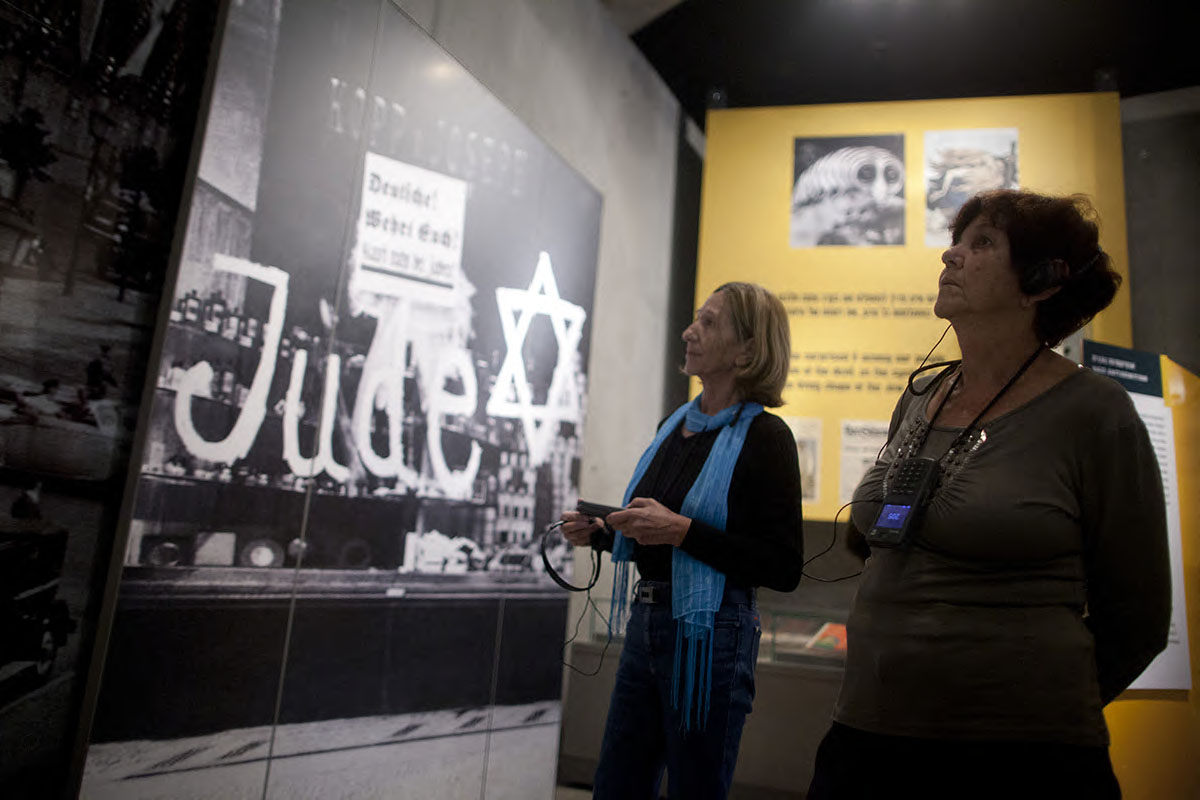
"The work of Yad Vashem is critical and necessary to remind the world of the consequences of hate"
Paul Daly
#GivingTuesday
Donate to Educate Against Hate
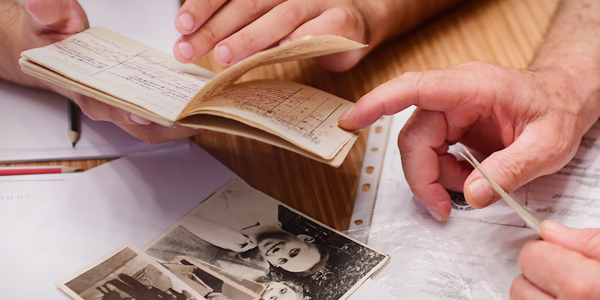

Worldwide antisemitism is on the rise.
At Yad Vashem, we strive to make the world a better place by combating antisemitism through teacher training, international lectures and workshops and online courses.
We need you to partner with us in this vital mission to #EducateAgainstHate
The good news:
The Yad Vashem website had recently undergone a major upgrade!
The less good news:
The page you are looking for has apparently been moved.
We are therefore redirecting you to what we hope will be a useful landing page.
For any questions/clarifications/problems, please contact: webmaster@yadvashem.org.il
Press the X button to continue



